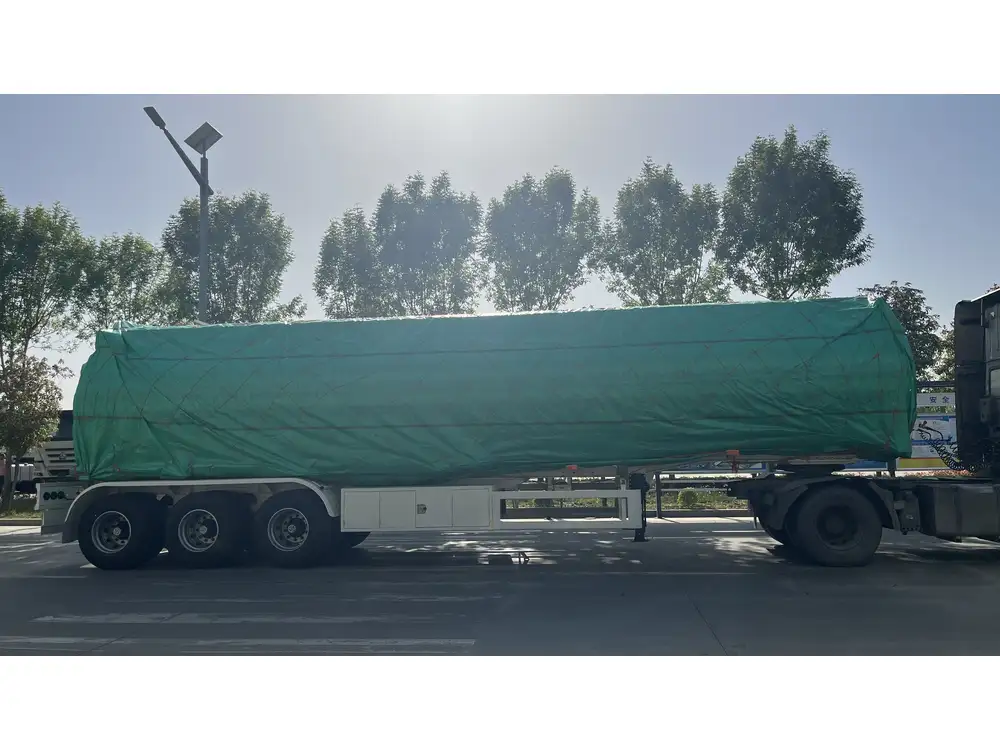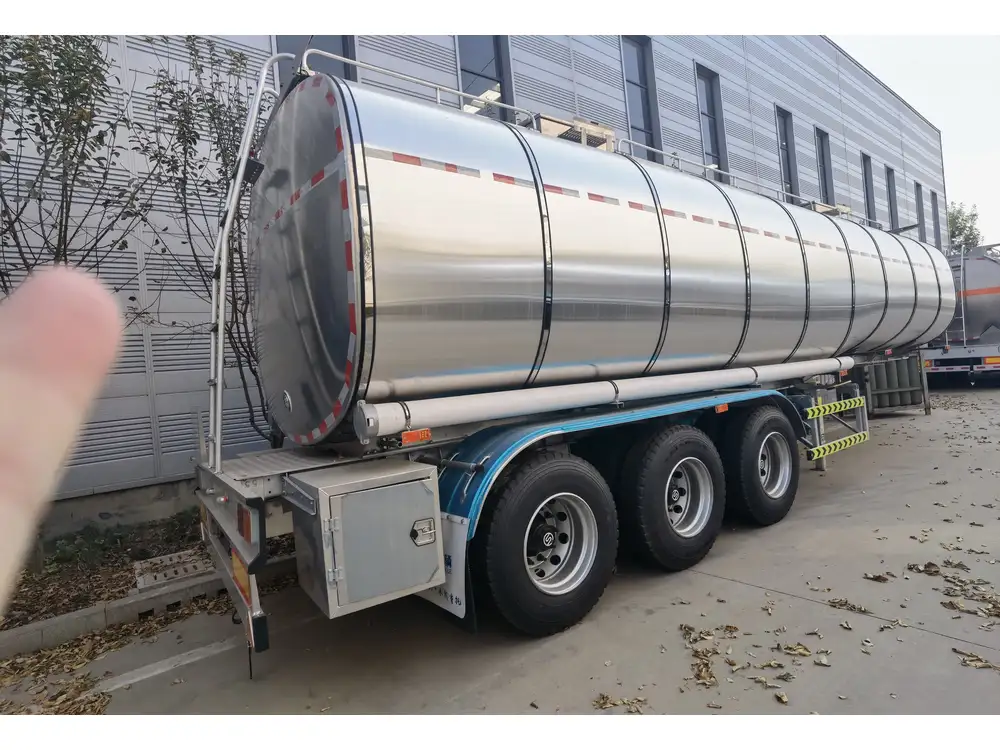Introduction
In the world of transportation, flatbed trailers are essential assets, providing versatility and nominal structural integrity for hauling heavy and oversized loads. Among various sizes and types, the 16 ft flatbed trailer stands out for its compact dimensions yet robust capacity. Just as vital as the dimensions are the specifications regarding weight, particularly for those in logistics, trucking, or construction. Understanding how much a 16 ft flatbed trailer weighs can influence decision-making related to transportation capacity, compliance with towing regulations, and overall operational efficiency.
The Weight of a 16 ft Flatbed Trailer

Typical Weight Specifications
The weight of a 16 ft flatbed trailer can vary based on several factors, including material type, design features, and additional components. On average, a standard 16 ft flatbed trailer weighs between 2,000 to 3,200 pounds. Below are some elements that contribute to this weight variation:
| Factor | Impact on Weight |
|---|---|
| Trailer Material | Steel, aluminum, or composite materials have varying weights. Steel trailers generally weigh more than aluminum or composite ones. |
| Technical Design | Trailers with specific features (e.g., braking systems, reinforced frames) tend to weigh more. |
| Additional Equipment | Dovetails, side rails, and toolboxes increase overall weight. |
Weight Distribution and Impact
Understanding the weight distribution of a 16 ft flatbed trailer is crucial for safe and effective hauling. This distribution affects the towing performance and the overall safety of the unit being towed. Here’s a breakdown of weight distribution considerations:
- Load Centering: Loads should be evenly distributed across the trailer to avoid swaying and loss of control.
- Axle Ratings: Ensure that the total loaded weight does not exceed the capacity of the trailer’s axles, which can typically vary between 3,500 to 7,000 pounds for tandem axles.
- Towing Vehicle Capability: The gross vehicle weight rating (GVWR) of the towing vehicle must accommodate the combined weight of the trailer plus its load.
Regulations and Compliance

Weight Limits in Commercial Use
In commercial applications, understanding and complying with weight limits is non-negotiable. The Federal Highway Administration (FHWA) outlines specific regulations pertaining to trailer weights, especially when considering:
- Maximum Combined Weight: There’s a limit to the total weight that vehicles can carry on highways. This varies from state to state, but the standard maximum is 80,000 pounds for any combination of vehicles on federal highways.
- State-Specific Restrictions: Each state may impose lower limits; thus, it’s crucial to check local regulations before loading and heading out.
Safety Considerations
Operational safety cannot be overstressed when dealing with flatbed trailers. Here are critical points that manufacturers and operators should focus on:
- Tire Pressure: Regularly inspect and maintain the air pressure in all trailer tires to ensure safety and compliance.
- Weight Distribution: Weigh the trailer before transport using certified scales to confirm compliance with weight regulations.
- Braking Systems: Be aware of the trailer’s braking system and ensure that it aligns with safety standards and regulations.
Choosing the Right Flatbed Trailer
When selecting a 16 ft flatbed trailer, consider factors beyond mere weight. Here’s a comprehensive checklist:
| Criteria | Considerations |
|---|---|
| Material Selection | Whether to choose aluminum for weight savings or steel for durability. |
| Axle Configuration | Single axle vs. tandem axle for stability and carrying capacity. |
| Intended Use | Different designs exist for construction, transport, or recreational use. |
| Weight Capacity | Always select a model that meets or exceeds your load requirements. |

Calculating Load Capacity
Understanding Load Ratings
The load capacity of a trailer refers to the maximum weight it can safely transport, and this factor hinges on multiple components. Here’s how you can calculate it:
- Determine the Trailer’s Weight: As stated, a typical 16 ft flatbed trailer weighs about 2,000 to 3,200 pounds.
- Find the GVWR: This information is usually labeled on the trailer, indicating the maximum allowable weight including the trailer, load, and passengers.
- Calculate Payload Capacity: [ \text{Payload Capacity} = \text{GVWR} – \text{Trailer Weight} ]
Example Calculation
For instance, if a trailer has a GVWR of 7,000 pounds and weighs 2,500 pounds, the payload capacity would be: [ 7,000 \text{ lbs} – 2,500 \text{ lbs} = 4,500 \text{ lbs} ] This means the trailer can safely carry a load of up to 4,500 pounds.

Advanced Features of Flatbed Trailers
Customization for Specific Needs
Custom features can enhance the functionality of a flatbed trailer. Here’s a list of popular customizations available:
- Add-Ons: Side rails, stake pockets, and ramps for loading/unloading ease.
- Braking Systems: Electric or hydraulic brakes for enhanced stopping capability.
- Dollies and Couplers: Adjustable hitches that allow compatibility with various towing vehicles.
Types of Flatbed Trailers
Flatbed trailers come in numerous styles to suit different hauling needs:
| Type of Flatbed Trailer | Key Features |
|---|---|
| Standard Flatbed | Simple design, versatile for various loads. |
| Tilt Bed Trailer | Allows for convenient loading and unloading of vehicles. |
| Drop Deck Trailer | Lower deck height offers additional height capacity for taller loads. |
| Double Drop Trailer | Multi-level design ideal for oversized loads. |

Maintenance Tips for Flatbed Trailers
Regular Inspections
To ensure longevity and safe operation, conducting regular inspections on a 16 ft flatbed trailer is essential. Regular checks should include:
- Tires: Inspect for wear and maintain proper inflation.
- Brakes: Check for functionality and replace linings as needed.
- Frame: Look for signs of wear, fatigue, or rust on the frame.
Seasonal Maintenance
Certain actions should be taken based on seasonal changes:
- Winter Preparedness: Apply anti-freeze to components and consider tire chains for added traction.
- Summer Checks: Ensure that the heat doesn’t cause any tire or component expansions.

Troubleshooting Common Issues
Handling Weight-Related Problems
Swaying During Transport:
- Check load distribution; ensure even centering over the axles.
- Consider adding weight distribution hitches.
Difficulty in Loading:
- Ensure ramps are appropriate for the load size and weight; they should be rated for use with flatbed trailers.
Brake Performance Issues:
- Inspect brake systems for wear and functionality regularly. Be mindful of whether brakes are appropriately adjusted for the load being carried.
Conclusion
Understanding the weight of a 16 ft flatbed trailer is imperative for those in the transportation and logistics sectors. Equipped with the right knowledge on specs, compliance, and best practices, you’ll find that this versatile tool can significantly enhance operational efficiency and safety. When choosing a flatbed trailer, optimize your selection based on needs, payload capacity, and safety regulations. Regular maintenance, adherence to regulations, and proactive problem-solving can ensure that these trailers serve their purpose effectively for years to come.



